
Website Search
741.5 is written and designed by Lexington Public Library staff member Bill Widener. The inaugural issue came out in January 2017. Sub-titled The Comics & Graphic Novel Bulletin of the Lexington Public Library, its intent is to promote new arrivals to the Library's comics collections. 741.5 takes its name from the numeral designation within the Dewey Decimal System that covers comics and cartooning.
Lexington, Kentucky (December 20, 2022) – Lexington Public Library announced today that its popular LPL After School program will return in 2023, beginning January 2.
LPL After School is a FREE drop-in program for kids aged 5-12 that takes place after regular school hours, Mondays through Fridays from 4-6pm. The Library, in partnership with God’s Pantry, will provide snacks for all participants as well as STEAM and enrichment activities, homework help, and reading recommendations. And there’s no need to register—just show up!
Description coming soon.
Check here for your school's list of summer assignments.
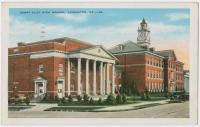
Lexington's school system dates back to the city charter of 1831, and it first school opened in 1834.
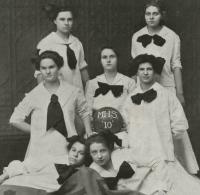
The Morton School Number 1, Lexington’s first public city school in 1834, was originally built on the corner of Walnut (later Martin Luther King Dr.) and Short Street.
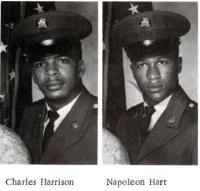
The United States Army Armor School began in 1940 as the Armored Force School and Replacement Center at Fort Knox, Kentucky.
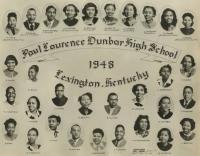
Dunbar High School opened in 1923 at 545 North Upper Street as the only all-black high school in Lexington’s city school system.
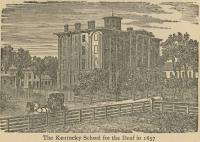
Description coming soon.




